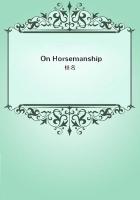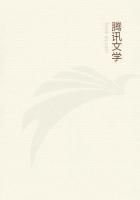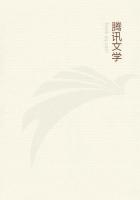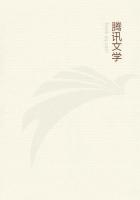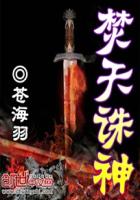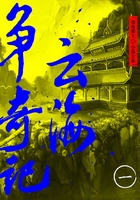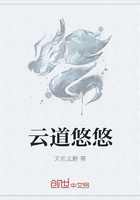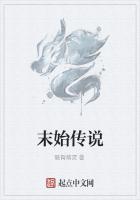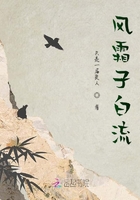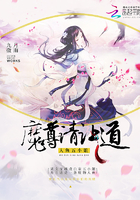Great and glorious was the style with which the Catholic sovereigns opened another year's campaign of this eventful war. It was like commencing another act of a stately and heroic drama, where the curtain rises to the inspiring sound of martial melody and the whole stage glitters with the array of warriors and the pomp of arms. The ancient city of Cordova was the place appointed by the sovereigns for the assemblage of the troops; and early in the spring of 1486 the fair valley of the Guadalquivir resounded with the shrill blast of trumpet and the impatient neighing of the war-horse. In this splendid era of Spanish chivalry there was a rivalship among the nobles who most should distinguish himself by the splendor of his appearance and the number and equipments of his feudal followers.
Every day beheld some cavalier of note, the representative of some proud and powerful house, entering the gates of Cordova with sound of trumpet, and displaying his banner and device renowned in many a contest. He would appear in sumptuous array, surrounded by pages and lackeys no less gorgeously attired, and followed by a host of vassals and retainers, horse and foot, all admirably equipped in burnished armor.
Such was the state of Don Inigo Lopez de Mendoza, duke of Infantado, who may be cited as a picture of a warlike noble of those times. He brought with him five hundred men-at-arms of his household armed and mounted "a la gineta" and "a la guisa." The cavaliers who attended him were magnificently armed and dressed. The housings of fifty of his horses were of rich cloth embroidered with gold, and others were of brocade. The sumpter mules had housings of the same, with halters of silk, while the bridles, head-pieces, and all the harnessing glittered with silver.
The camp equipage of these noble and luxurious warriors was equally magnificent. Their tents were gay pavilions of various colors, fitted up with silken hangings and decorated with fluttering pennons. They had vessels of gold and silver for the service of their tables, as if they were about to engage in a course of stately feasts and courtly revels, instead of the stern encounters of rugged and mountainous warfare.
Sometimes they passed through the streets of Cordova at night in splendid cavalcade, with great numbers of lighted torches, the rays of which, falling upon polished armor and nodding plumes and silken scarfs and trappings of golden embroidery, filled all beholders with admiration.*
*Pulgar, part 3, cap. 41, 56.
But it was not the chivalry of Spain alone which thronged the streets of Cordova. The fame of this war had spread throughout Christendom: it was considered a kind of crusade, and Catholic knights from all parts hastened to signalize themselves in so holy a cause. There were several valiant chevaliers from France, among whom the most distinguished was Gaston du Leon, seneschal of Toulouse. With him came a gallant train, well armed and mounted and decorated with rich surcoats and panaches of feathers. These cavaliers, it is said, eclipsed all others in the light festivities of the court: they were devoted to the fair, but not after the solemn and passionate manner of the Spanish lovers; they were gay, gallant, and joyous in their amours, and captivated by the vivacity of their attacks. They were at first held in light estimation by the grave and stately Spanish knights until they made themselves to be respected by their wonderful prowess in the field.
The most conspicuous of the volunteers, however, who appeared in Cordova on this occasion was an English knight of royal connection.
This was the Lord Scales, earl of Rivers, brother to the queen of England, wife of Henry VII. He had distinguished himself in the preceding year at the battle of Bosworth Field, where Henry Tudor, then earl of Richmond, overcame Richard III. That decisive battle having left the country at peace, the earl of Rivers, having conceived a passion for warlike scenes, repaired to the Castilian court to keep his arms in exercise in a campaign against the Moors. He brought with him a hundred archers, all dextrous with the longbow and the cloth-yard arrow; also two hundred yeomen, armed cap-a-pie, who fought with pike and battle-axe--men robust of frame and of prodigious strength. The worthy padre Fray Antonio Agapida describes this stranger knight and his followers with his accustomed accuracy and minuteness.
"This cavalier," he observes, "was from the far island of England, and brought with him a train of his vassals, men who had been hardened in certain civil wars which raged in their country. They were a comely race of men, but too fair and fresh for warriors, not having the sunburnt, warlike hue of our old Castilian soldiery.
They were huge feeders also and deep carousers, and could not accommodate themselves to the sober diet of our troops, but must fain eat and drink after the manner of their own country. They were often noisy and unruly also in their wassail, and their quarter of the camp was prone to be a scene of loud revel and sudden brawl.

